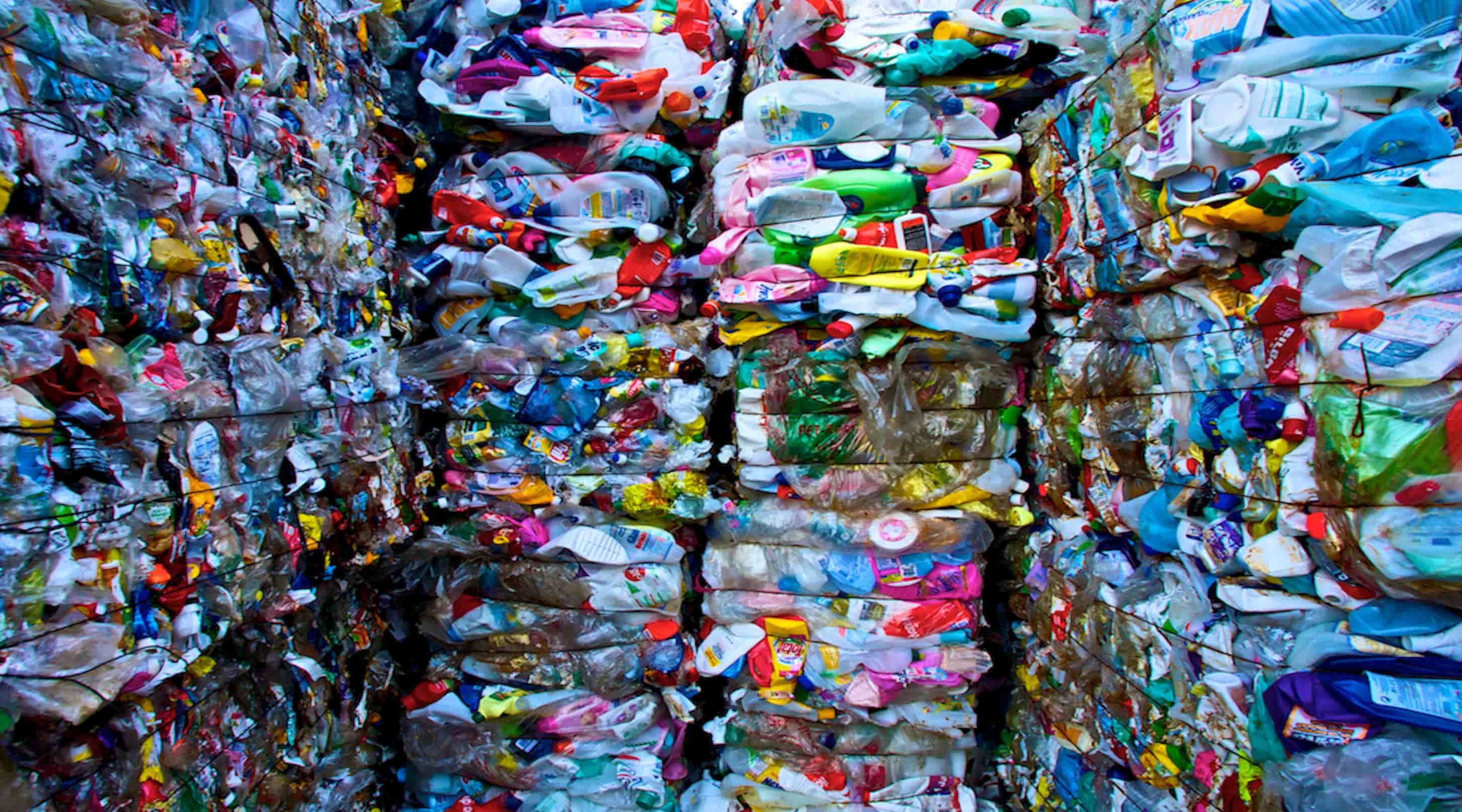China Bans Waste Imports

China has formally notified the World Trade Organisation that it will be banning imports of "foreign garbage" from the end of 2017. The country will no longer take shipments of waste plastic and paper, slag from steelmaking, and many kinds of waste wool, ash, cotton and yarn.
In the formal report to the WTO, China said "we found that large amounts of dirty wastes or even hazardous wastes are mixed in the solid waste that can be used as raw materials. This polluted China's environment seriously. To protect China's environmental interests and people's health, we urgently adjust the imported solid wastes list, and forbid the import of solid wastes that are highly polluted."
Last year China imported 7.3 million tonnes of waste plastics, valued at US$3.7 billion and accounted for 56% of world imports. According to the data from the International Trade Centre, apart from Hong Kong, the biggest sources of plastic waste were Japan and the United States, which accounted for roughly 10% of the volume respectively. The same two countries are also the main sources of scrap paper going to China each year, accounting for half of the almost US$1 billion business between them.
Waste materials continually rate highly amongst export categories in Australian port statistics.
In the formal report to the WTO, China said "we found that large amounts of dirty wastes or even hazardous wastes are mixed in the solid waste that can be used as raw materials. This polluted China's environment seriously. To protect China's environmental interests and people's health, we urgently adjust the imported solid wastes list, and forbid the import of solid wastes that are highly polluted."
Last year China imported 7.3 million tonnes of waste plastics, valued at US$3.7 billion and accounted for 56% of world imports. According to the data from the International Trade Centre, apart from Hong Kong, the biggest sources of plastic waste were Japan and the United States, which accounted for roughly 10% of the volume respectively. The same two countries are also the main sources of scrap paper going to China each year, accounting for half of the almost US$1 billion business between them.
Waste materials continually rate highly amongst export categories in Australian port statistics.









